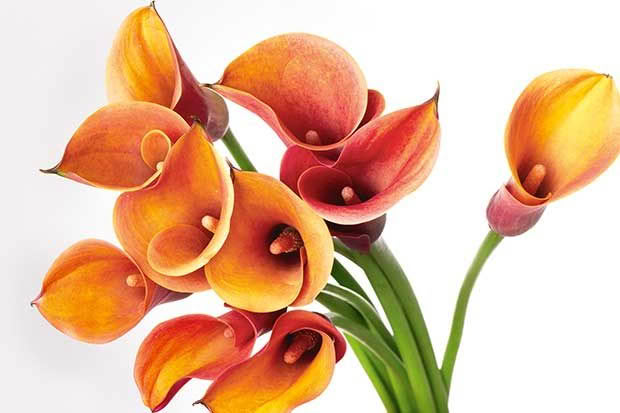5 easy-to-grow summer flowers for homemade bouquets
These easy-to-grow blooms will add power to your posy.
1. Calla lilies
About: large, waxy flowers
Growing conditions: free-draining soil, semi-shade to sun, grown from bulbs in spring – if you live in a cold area, grow callas in pots.
Flowers: don’t touch the flower itself as this can bruise it, cut stems at a 45 degree angle, put in fresh cool water and replenish often, should keep for 6-10 days.
2. Dahlias
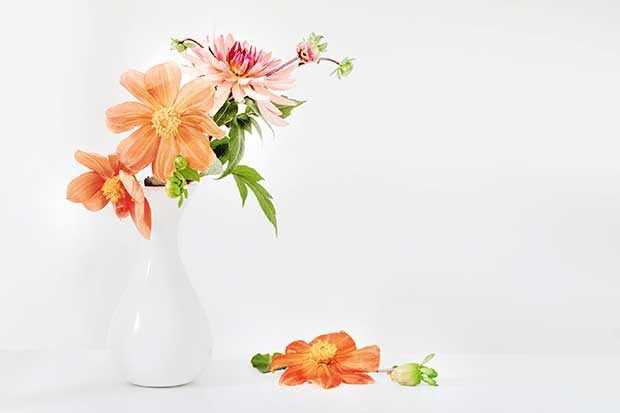
About: come in a huge range of colours and styles, from open daisy-like flowers to solid pompoms, from small ball to dinner plate in size.
Growing conditions: free-draining soil, at least 3-4 hours full sun each day, add well-rotted compost and dig in before planting.
Flowers: will last 4-6 days in a vase; the more you deadhead spent flowers on the plant, the more flowers you’ll get, over a longer time.
3. Feverfew
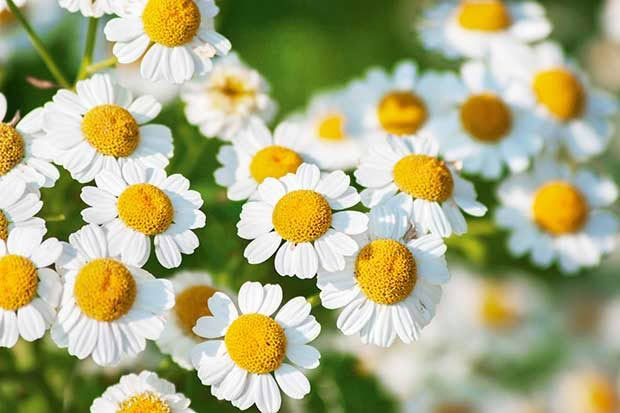
About: grows hundreds of daisy-like flowers, single and double varieties.
Growing conditions: prolific self-seeder, will grow in poor to excellent soil types, does better in semi-shade.
Flowers: long season, from spring to autumn, perfect for filling in gaps in bouquets, flowers last around 10 days.
4. Echinacea (coneheads)
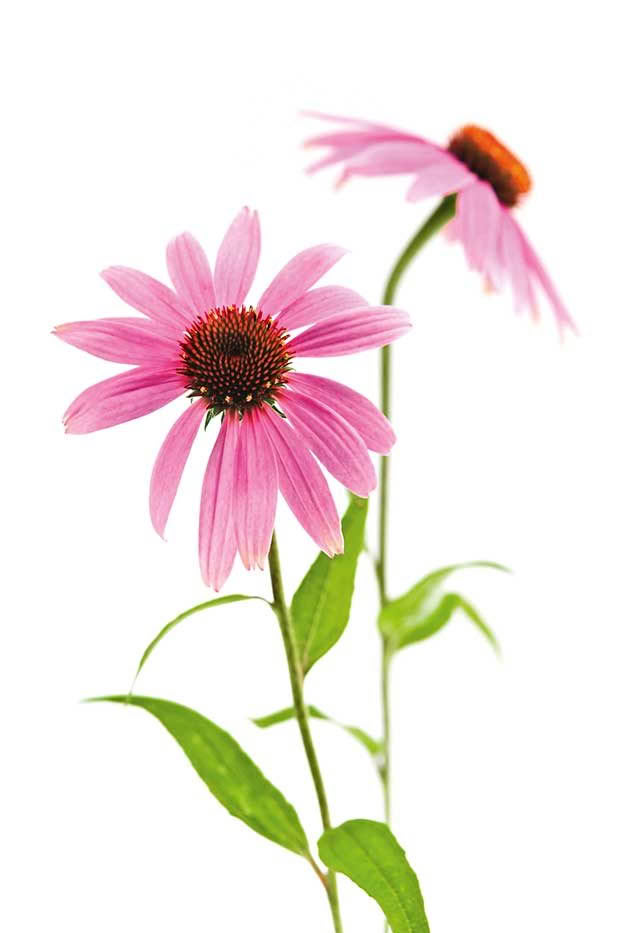
About: really hardy perennials with beautiful flowers (and medicinal qualities).
Growing conditions: sun or part-shade, well-drained soil, dig in compost before planting, pest-resistant, drought-tolerant but do better if you water when dry.
Flowers: long flowering period, prolific, you can remove petals from spent flowers and still have spiky centres as an accent in a bouquet, cut flowers last 14 days+
5. Zinnias
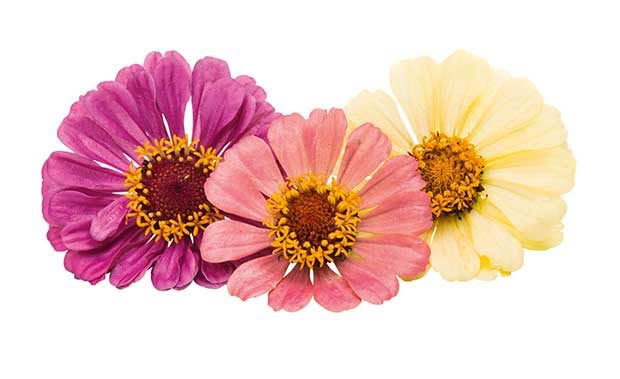
About: heat and drought-resistant annuals, come in a wide range of colours and shapes, some very similar-looking to dahlias.
Growing conditions: full sun, well-draining soil, mix in compost before planting, sow after all risk of frost has gone.
Flowers: very fast to grow and flower from seed, deadhead for long flowering on the plant, cut flowers can last 10-14 days.
9 bouquet design tips
• The star flowers are best placed to the sides of a bouquet, rather than in the centre.
• When you’re creating a bouquet, think about balance. If you put one type of flower on one side, it looks good to put the same thing on the other side.
• To keep it in proportion, don’t have any flowers sitting more than 1.5 times
the height of the vase. Think about width too, which should be in balance with the height.
• Add one variety of flower at a time, then step back and check the overall look.
• Leave room between the star flowers so you can add in smaller flowers.
• Texture is important. A dense flower usually looks good when contrasted
with something light which is why gypsophila was so popular for so long.
• Less is more – if you’re not sure whether to add more flowers, stop. It’s done.
• The right colours to use are a matter of opinion, but a good option is to keep the colour palette in the same or similar colours, eg all whites, or pink-red-purple. The variation can be in texture (some dense with petals, some airy).
• Two types of foliage can be helpful, again one dense and one lighter/airier.
Love this story? Subscribe now!
 This article first appeared in NZ Lifestyle Block Magazine.
This article first appeared in NZ Lifestyle Block Magazine.
